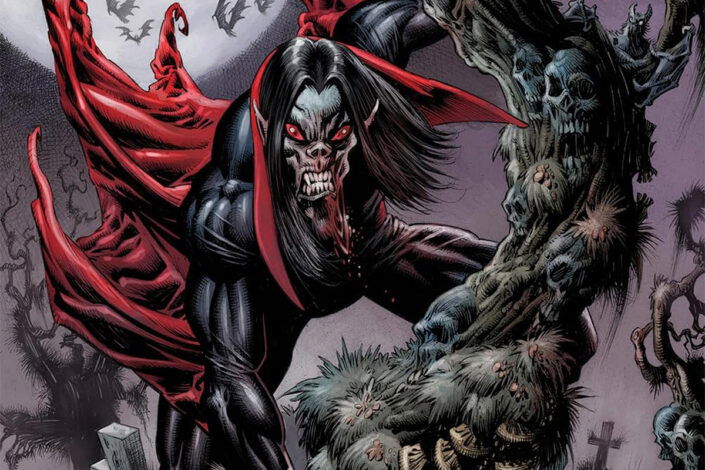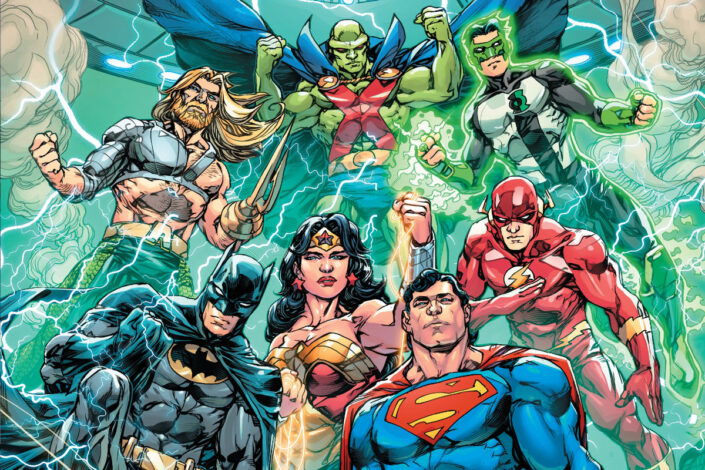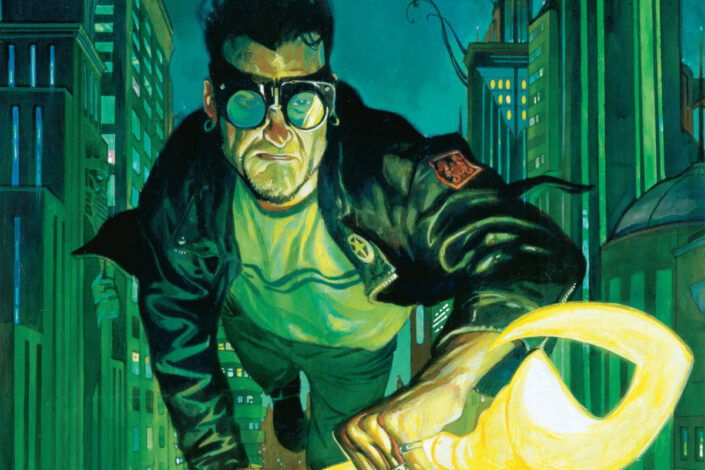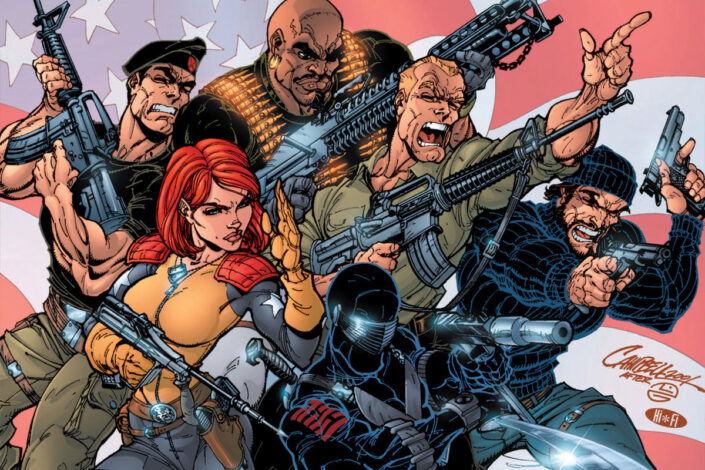Secret Wars II Reading Order, the first massive Marvel crossover event
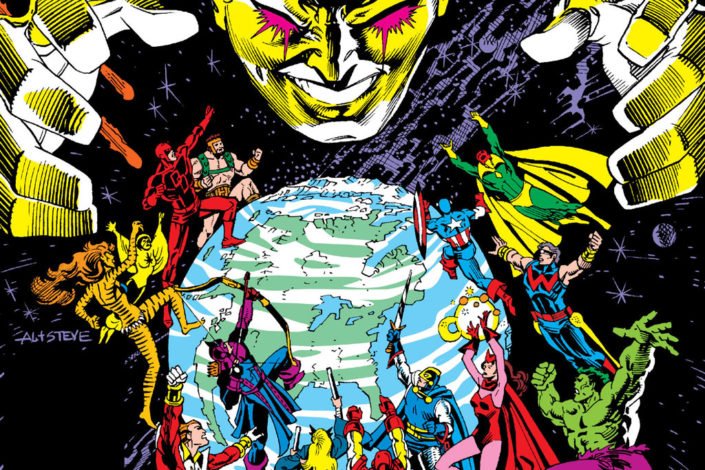
Following the glowing success of the first Secret Wars, Marvel’s then editor-in-chief Jim Shooter decided to repeat the experience with a bit more ambition. Published from 1985 to 1986, Secret Wars II is a nine-issue comic book limited series completed with tie-ins.
Historically, this was the first time Marvel published an event crossover following that model, asking the readers to purchase multiple titles in order to read the entire story. It certainly was not the last time.
Here is the official synopsis: Last time Earth’s heroes encountered the Beyonder, they fought for their lives. This time, they fight for all existence! A year after kidnapping the most powerful beings on Earth and pitting them against one another in a “Secret War” on a distant world, the omnipotent Beyonder comes to Earth to continue his study of humanity.
However, a being so powerful and so naïve is a dangerous combination. As the Beyonder’s understanding slowly grows, so too do his own desires – and even the lord of lies, Mephisto, fears what the Beyonder might finally decide he desires. Because if the Beyonder decides he wants to end all that is, even the combined might of the universe’s cosmic powers might not be enough to stop him!
What to read before Secret Wars II?
The series was a sequel to the original Secret Wars miniseries, you can take a look at it:
- Marvel Super Heroes: Secret Wars Omnibus
Collects Marvel Super Heroes Secret Wars #1-12, Thor (1966) #383, She-Hulk (2004) #10, and WHAT IF? (1989) #4 and #114.
Read More »Secret Wars II Reading Order, the first massive Marvel crossover event
